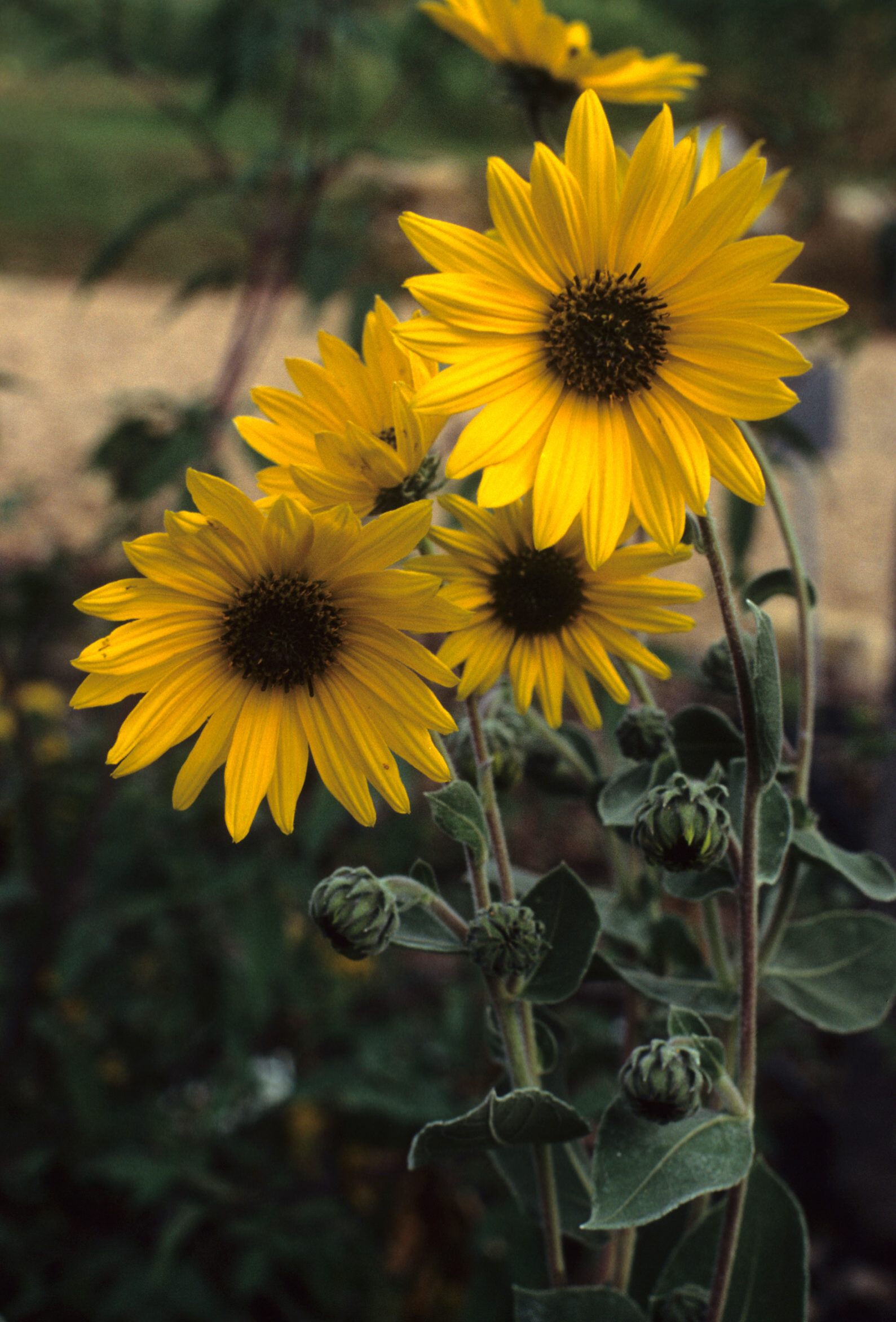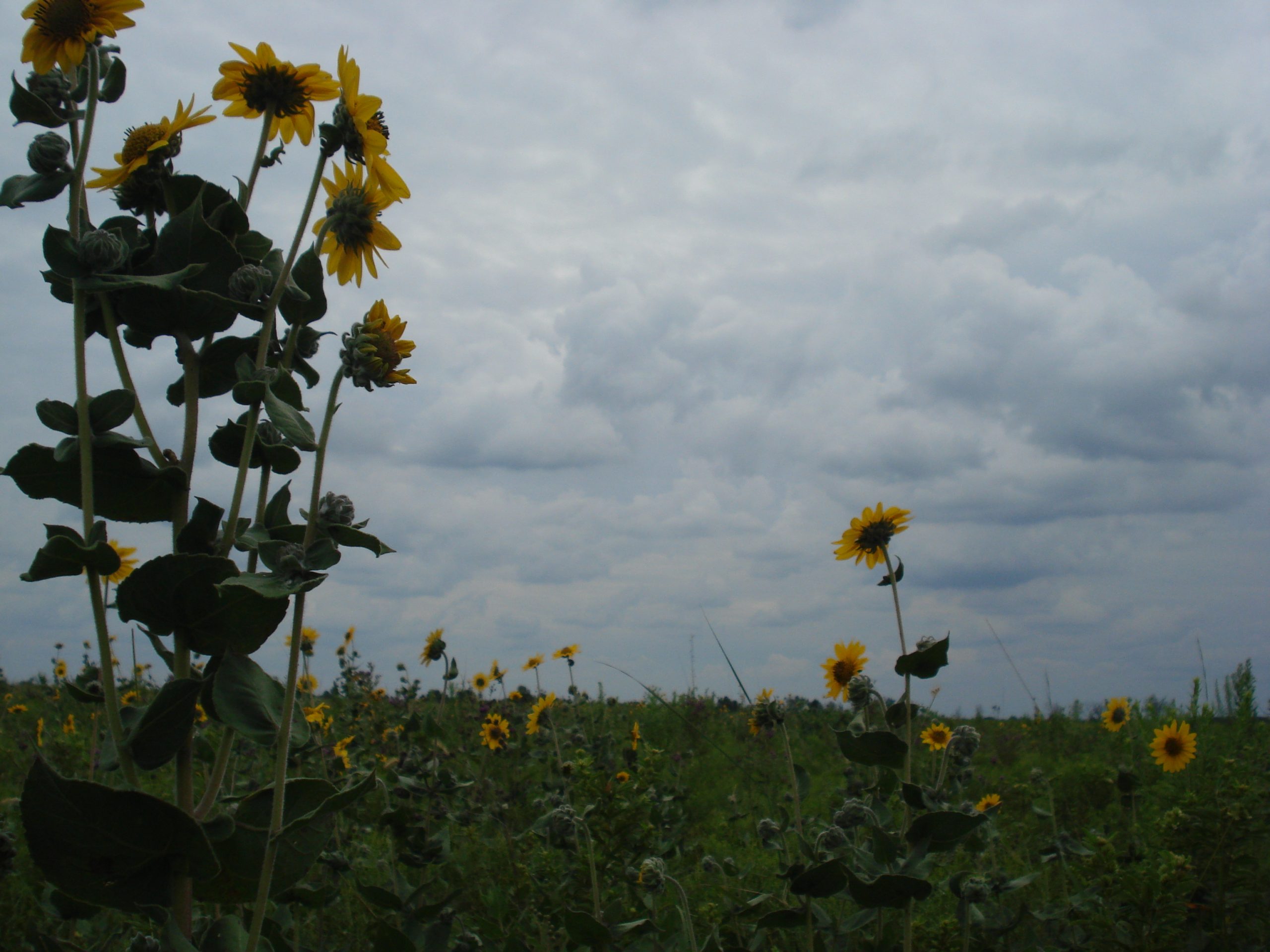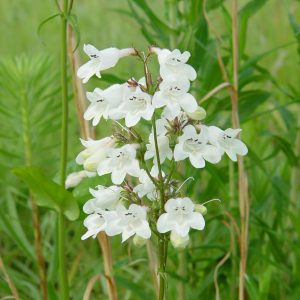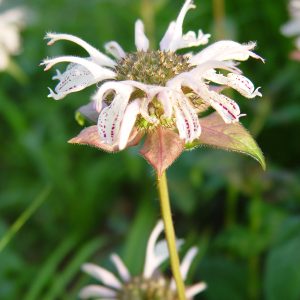Sunflower, Ashy
Helianthus mollis
Spreads by underground stems making it good for erosion control; bird seed
$3.00 – $59.00
For quantity discount pricing, request a quote.
Description
Helianthus mollis, commonly called ashy sunflower or downy sunflower, is a native perennial forb (wildflower) that typically grows to 2-4’ tall. Flowers bloom July – Sept. Flower heads tend to follow the path of the sun each day from morning to night, hence the common name of sunflower.
Ashy Sunflower is an attractive plant, whether in or out of bloom. It can be readily distinguished from other sunflowers by the fine soft hairs that heavily cover both the leaves and stems, the broad clasping leaves, and the greater number of ray florets in the compound flowers.
Wildlife notes
Primarily bees visit the flowers for nectar or pollen. This includes bumblebees, Miner bees, large Leaf-Cutting bees, Cuckoo bees, Green Metallic bees, and other Halictid bees. Other occasional insect visitors of the flowers include bee flies and butterflies. The seeds of sunflowers are popular with various kinds of upland gamebirds and granivorous songbirds. Among small rodents, the Franklin Ground Squirrel and Thirteen-lined Ground Squirrel also feed on the seeds. Other mammals that feed on the foliage and/or other parts of sunflowers include the Plains Pocket Gopher, White-tailed Rabbit (younger plants), Groundhog, and White-tailed Deer.
Forage notes
Livestock feed on foliage and/or other parts of this plant.
Landscaping notes
Easily grown in average, dry to medium moisture, well-drained soils in full sun. Tolerates some light shade. Plants generally tolerate a wide variety of soils, including average, sandy and poor rocky soils, as long as drainage is good. Avoid clay soils. In rich, loamy soil, it will become taller. A soil with low pH is tolerated. It is best not to water or fertilize this plant, even during a drought, as it will become top heavy while blooming and fall over. Best to site plants in locations sheltered from strong winds. If the plants must come down, consider saving the seed heads for feeding the birds in winter. Plants spread into broad clumps that are often difficult to properly maintain in a formal border.
Restoration notes
Habitats include mesic to dry black soil prairies, sand prairies, clay prairies, thickets, barrens with sparse vegetation, rocky glades, abandoned fields, and areas along roadsides and railroads. This plant tends to occur in high quality habitats.
Additional information
| Weight | N/A |
|---|---|
| Unit | Packet, Ounce, Pound |
| Light | Full Sun |
| Seeding Rate | 5 bulk lbs/acre |
| Soils | Average |
| Height | 24"-36" |
| Bloom Month | Aug |
| Color | Yellow |
| Specialty Uses | Wildlife, Cut Flower, Edible |
| # seeds/pkt | 200 |
| Packet coverage area | 5 sq. ft |
| Life Cycle | Perennial |



